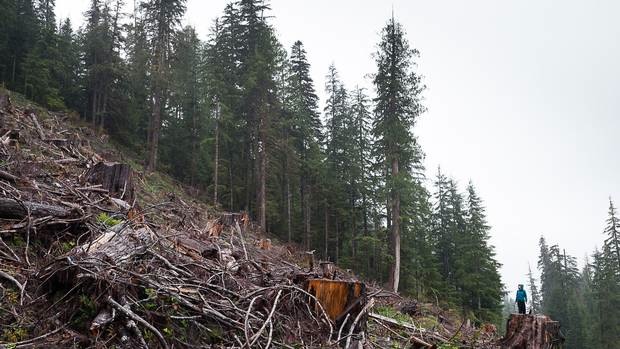
A crisis in Island’s old-growth forests
Here's a letter from Oak Bay-Gordon Head MLA and Green leader Andrew Weaver about the need for the province to support a science-based plan to protect the endangered old-growth forests of BC.
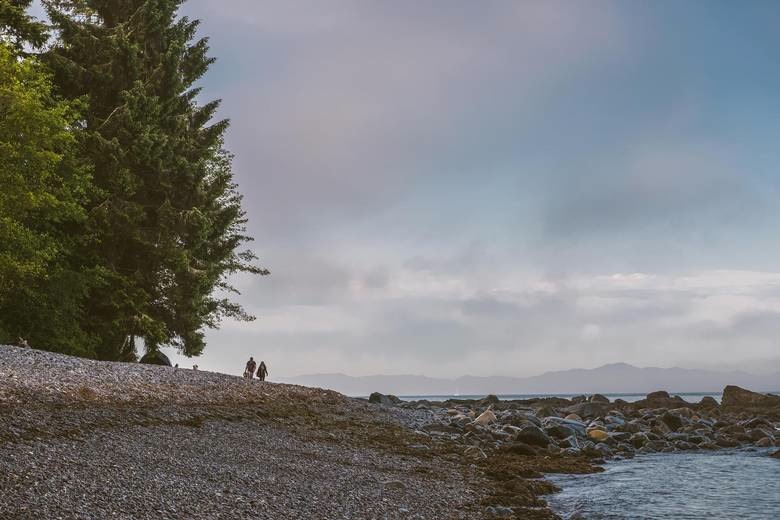
Overwhelming beauty: Almost every inch of Port Renfrew, B.C., inspires awe
This travel feature in the Globe and Mail focuses on Port Renfrew and talks about the Ancient Forest Alliance and the Avatar Grove/ boardwalk (***take note we'll be recruiting more volunteers and raising funds to try to finish the boardwalk by this summer):
"There’s a fascinating back story to Avatar Grove, which only got its name a few years back after the Ancient Forest Alliance campaigned to have the area saved from logging and it was declared a protected area in 2012. Named after James Cameron’s epic 2009 movie, it’s home to some of the most ancient trees on Vancouver Island and just a few minutes drive from Port Renfrew. Unlike Cathedral Grove, a protected old-forest area on the way to Tofino, Avatar Grove is no simple stroll. Although the AFA has been laying down boardwalk to protect the root systems of the trees, there’s still plenty of clambering over logs and navigating slippery slopes before you reach the famous Gnarly Tree. You spend so much time looking where you’re going, in fact, that when you finally stop and look up, it’s more than a little overwhelming. Thoughts crash through your mind in rapid succession: Oh wow, that’s so beautiful. Oh man, that’s so big! And, most importantly: How the hell did anyone even think about logging this treasure?"

Vancouver Island’s old-growth forest an ‘ecological emergency’: Sierra Club
Here's a good article by Justine Hunter of the Globe and Mail, with a photo of the Walbran Valley by the AFA's TJ Watt. The article features Jens Wieting of the Sierra Club of BC and Dr. Richard Hebda:
Just one-tenth of Vancouver Island’s most productive old-growth rainforest with the tallest trees remains unlogged, he said, and some of that is currently approved for logging.
The B.C. government states that on Vancouver Island, 46 percent of the forest on Crown land is still covered by old-growth forest, but Mr. Wieting said that figure is inflated because the province includes less productive ecosystems such as bogs or sparsely treed high elevations. What remains, he said, is a patchwork of forests that are too small to ensure biodiversity.
“For Vancouver Island and British Columbia’s south coast, we believe it is urgent to develop a new conservation plan to safeguard the remaining intact areas and to restore older second growth so that we can have some connectivity,” he said in an interview.
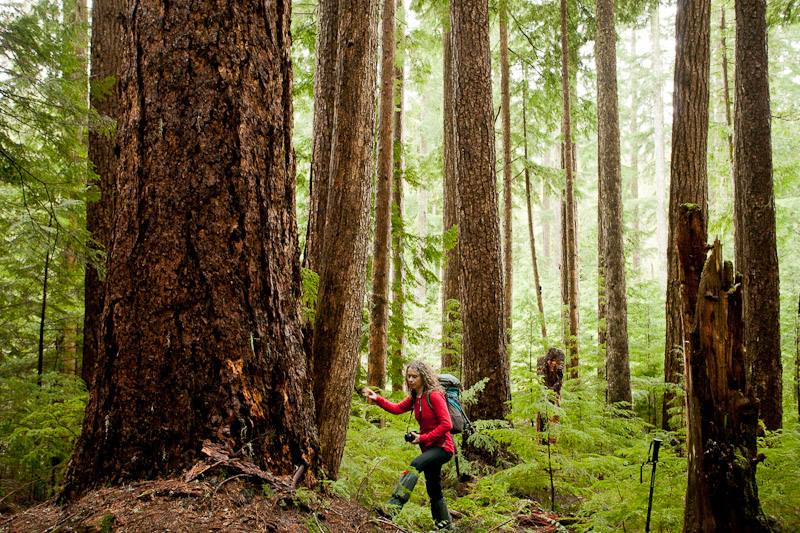
Council endorses Pop for Parks
More good news! THANKS to all of you who wrote letters, the Saanich council has voted overwhelmingly (8 to 1) in favour of our resolution asking the province to implement a natural land acquisition fund (using the "pop for parks" mechanism") to purchase and protect endangered ecosystems on private lands in BC, similar to the CRD's land acquisition fund that has been key to protect the Sooke Hills and Potholes, Jordan River, Mount Maxwell, and other key green spaces. Saanich now joins the councils of Victoria and Highlands in passing the resolution.
Also see the AFA and ELC's original media release at: https://ancientforestalliance.org/news-item.php?ID=950
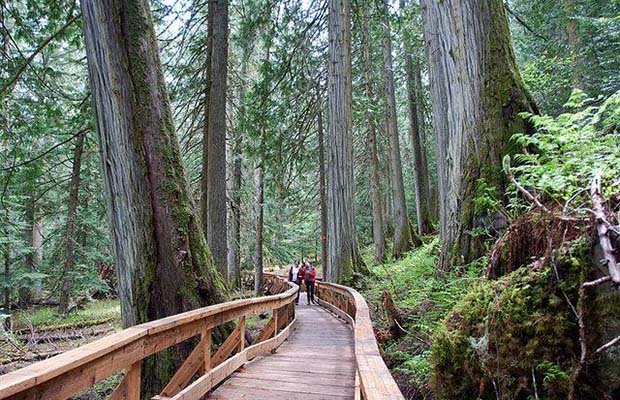
Ancient Forest with some of the largest cedar trees in B.C. will be class A park
Great news! The province has established a new 11,900 hectare protected area east of Prince George that includes important tracts of the famous ancient redcedar groves (including around the famous Ancient Forest Trail) in the inland temperate rainforest. Thanks to the Lheidli T'enneh First Nation, the Northern Wetbelt Working Group (who have been working for a substantially more extensive, science-based protected areas network in the region to protect more of the inland temperate rainforest) and the province for this important step forward in old-growth forest protection!
Also take note you can still sign-on to the Northern Wetbelt Working Group's letter for expanded protection in the region (if you haven't already) at: https://docs.google.com/forms/d/16hq-R8ZOylR-wLSz9OjbxRdf4NYHYnG9Uo1Lu12qr0U/viewform
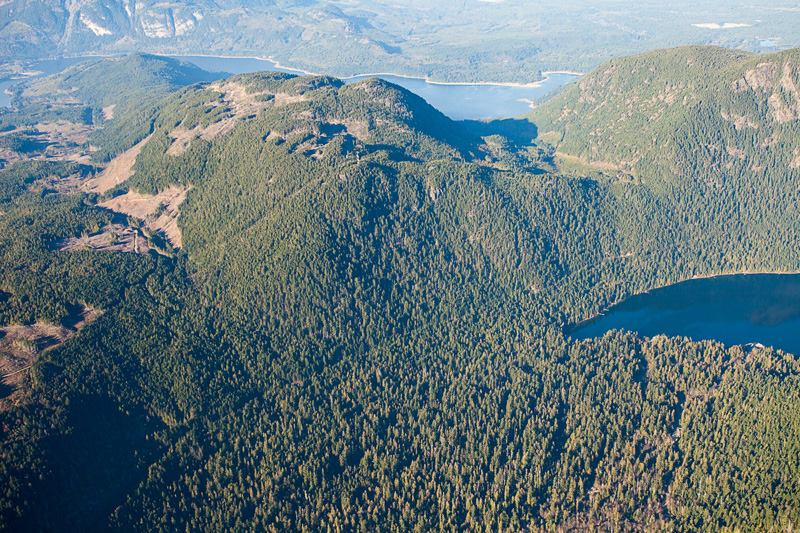
Pops for Parks movement comes to Saanich
Great news! On Thursday night the vote was unanimous at the Victoria city council's Committee of the Whole on the resolution asking the BC government to implement a Natural Lands Acquisition Fund to purchase and protect endangered ecosystems on private lands! It goes for final approval at next Thursday's council meeting. Thanks to councillors Ben Isitt and Jeremy Loveday for introducing the motion. The Saanich council votes on Monday (today!) on the resolution. To THANK the Victoria city council and to ask the Saanich council at their vote today (Monday) to follow Victoria and Highlands councils positive votes, please go to: https://ancientforestalliance.org/news-item.php?ID=978

Tall trees turning Port Renfrew into tourist hot spot
Here's a new piece by CHEK TV's April Lawrence about how old-growth forest tourism at the Avatar Grove, Big Lonely Doug, and other nearby ancient stands has transformed the previously ailing economy of Port Renfrew. Dan Hager, the local Chamber of Commerce president speaks up for a Tall Tree tourism economy, while the AFA's Ken Wu and TJ Watt speak about the importance of saving the remaining old-growth forests (the AFA is working to protect places like the Central Walbran and Lower Edinburgh Grove Ancient Forests - plus supporting a sustainable, value-added second-growth forest industry).
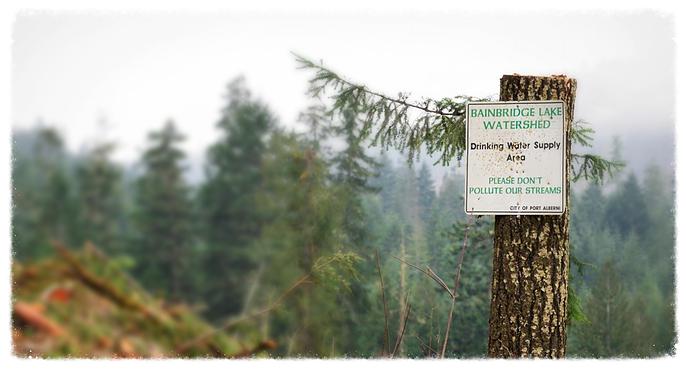
Port Alberni, Vancouver Island’s Forestry Capital – Sustainability Champion?
Here's a new article by the Ancient Forest Alliance's Ken Wu about how Port Alberni, the forestry capital of Vancouver Island and once considered unfriendly to the environmental movement, has today become a major hub of environmental awareness over logging in their drinking watershed, the loss of their last old-growth stands at McLaughlin Ridge and other sites, and over the massive export of raw logs to the USA and China from their region. Thanks to Jane Morden and her team with the Port Alberni Watershed-Forest Alliance for moving these issues into the forefront over years of hard work!
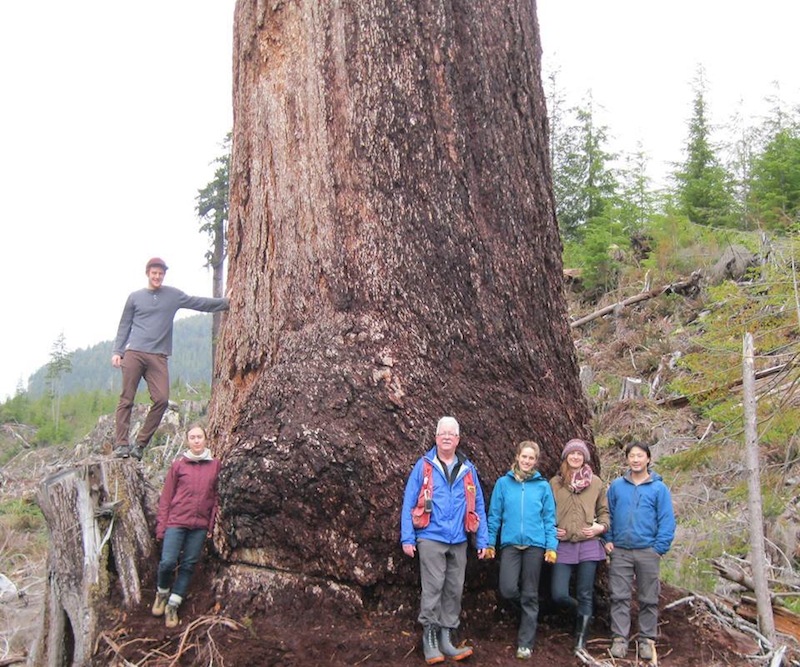
Metchosin supports stopping old-growth logging
Great News!! Metchosin council passes resolution calling on the BC government to protect the remaining old-growth forests of Vancouver Island! Thanks to councillor and renowned forest ecologist Dr. Andy Mackinnon and the Metchosin councillors Moralea Milne, Kyara Kahakauwila, Bob Gramigma, and Mayor John Ranns for passing the resolution!
Goldstream Gazette:
While it's not quite a New Years resolution, Metchosin resolved to prevent any more logging of old-growth forest on provincial Crown Land on Vancouver Island.
The resolution will see a letter go to the Association of Vancouver Island Coastal Communities, seeking its support for a request to amend the Vancouver Island Land Use Plan to protect all remaining old-growth forest.
"The amount of old growth remaining on southern Vancouver Island is a small fraction of what it used to be, and old growth has all sorts of value – economic, social and environmental value," said Metchosin Coun. Andy MacKinnon. "We thought it was timely to create a resolution to save the remaining old growth for ourselves and future generations."
The longtime forester and biologist said such trees at Avatar Grove, and Big Lonely Doug – left standing in the middle of a clearcut, it's considered the second-largest Douglas fir tree in Canada – attract visitors to the area. He pointed to an estimate showing that only 13 per cent of old-growth forest on southern Vancouver Island remain.
"These are some of the largest trees on the planet, some of the largest living organisms that have ever existed on earth," MacKinnon said. "And some people visit to view these stands, so there is an important economic resource even if you don't log
them"
Avatar Grove Ecotourism
Here's a new piece by Shaw TV about the importance of old-growth forests of Port Renfrew for the tourism economy, focused on the Avatar Grove and the Walbran Valley, and featuring Dan Hager, president of the local Chamber of Commerce, and the AFA's Ken Wu and TJ Watt.
